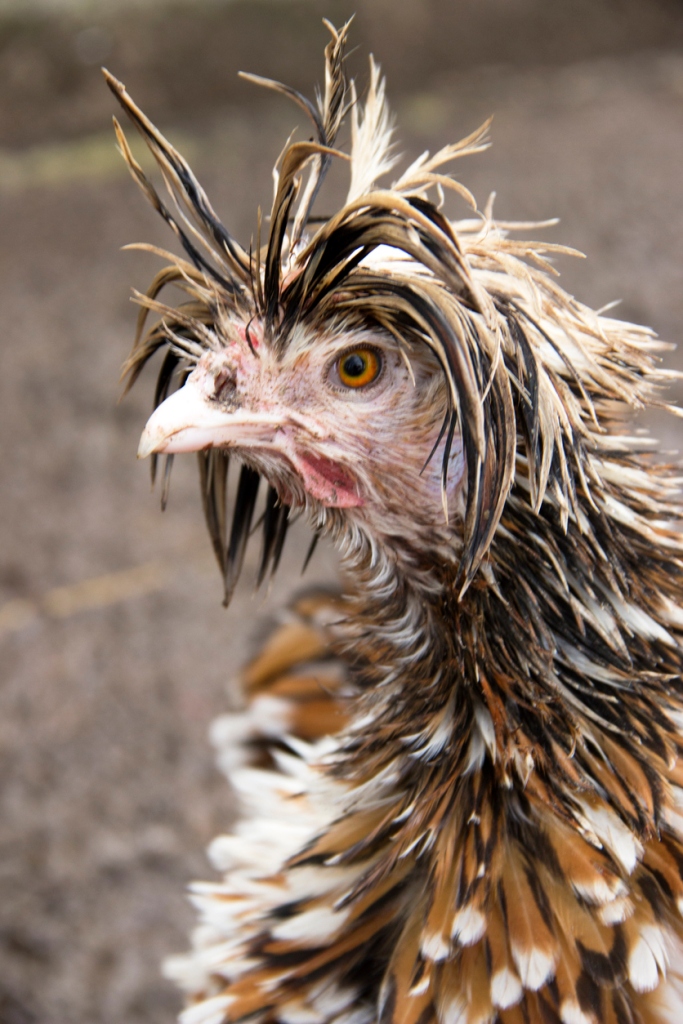There is nothing worse than a wet chicken unless it is a dead chicken.
As I reflect on the year 2020, the year of the pandemic and historical numbers of hurricanes in the Gulf of Mexico, I recall the story my husband told me of the hurricane that came up the Mississippi River and drowned Grandma Ferguson’s chickens.
A little sleuthing found that indeed, we know when Grandma’s chickens drowned. A category four hurricane, the 1915 Galveston Hurricane, formed near Cabo Verde on August 5, 1915, and tracked west. Cabo Verde is a group of islands west of Africa. The United States Weather Bureau knew nothing of the hurricane until it passed the Lesser Antilles on August 10th. It hit landfall in Galveston on August 17th.¹
In 1915, the Ferguson’s lived in Webster Groves, Missouri. Grandpa Ferguson worked for the United Postal Service as a railway postal clerk. Grandma Ferguson was thirty-one years old and the mother of six children. Her first son Glennie had died in early childhood. Her last child, Mary, was born in July of that year.
Many families back then had gardens and raised chickens to supplement their incomes. Grandma Ferguson was no exception. The Ferguson family enjoyed vegetables from their garden and the eggs from the chickens. The chickens ate the bugs that attacked their garden.
Living in St. Louis, we are quite familiar with storms from Texas that take a northeastern path as they pass over us. They are fast and loaded with rain that floods our streets. Many times, I’ve rerouted my way to work because of flooded creeks.

Leading up to the time when the hurricane finally reached the St. Louis region, rain filled the skies every day of the week before saturating the ground.² The rain began on Thursday night, August 19th, and continued into the next day. The 5.82 inches of rain set a twenty-four-hour record in St. Louis. Trains and streetcars were at a standstill. Sewers were over-taxed. Water stood in many low spots throughout St. Louis city and county. The storm forced hundreds from their homes and others to be rescued from their second-story windows or roofs.³
As of Saturday, the 21st of August, 7.4 inches of rain had fallen in the region. The storm moved over the Ohio Valley and dissipated over the Gulf of St. Lawrence three days later. According to Wikipedia, “Levee breaches in along the White River in Arkansas and the Mississippi River in Illinois flooded entire towns. St. Louis, Missouri recorded its rainiest 24-hour period in history, experiencing a deadly flood of the River Des Peres and Meramec River that impacted much of the city and surrounding suburbs, killing 20 people and destroying over a thousand homes.” ⁴
The Ferguson home was at 679 Clark. The Ferguson’s were in one of the lower points of the street. We don’t know if Grandpa Ferguson was home or stuck on a railway line somewhere. But, it’s not hard to imagine the concern in the Ferguson home as they listened to the unrelenting rain on the roof during the night and waking to a flood outside their door. And their dismay at the site of their drowned chickens. Given the magnitude of the storm, it’s easy to say the Ferguson’s got off lightly.
¹Wikipedia, (https://wikipedia.org), “1915 Galveston hurricane”
²St. Louis Star and Times, 14 Aug 1915, p. 5, c. 5; digital images, Newspapers.com (https://www.newspapers.com : accessed 29 Sep 2020)
³St. Louis Post-Dispatch, 20 Aug 1915, p. 1, c. 4; digital images, Newspapers.com (https://www.newspapers.com : accessed 29 Sep 2020)
⁴Ibid, Wikipedia.org
